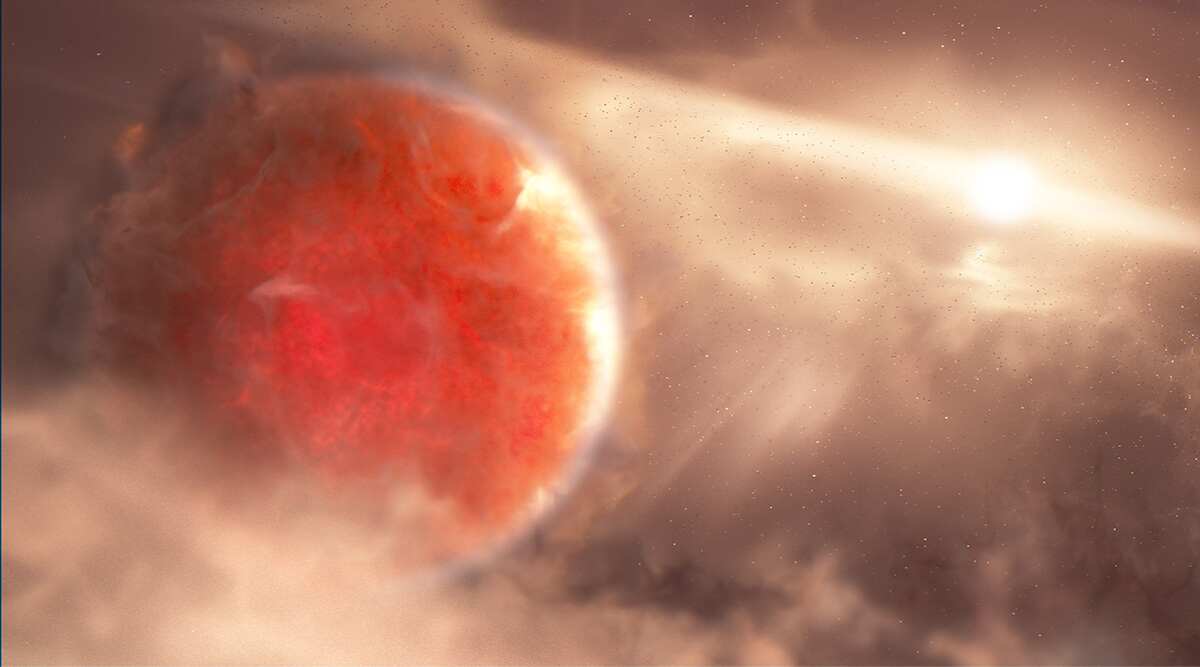The Hubble Space Telescope has shot a Jupiter-like protoplanet framing through a cycle that specialists have depicted as “serious and rough”. As per NASA, this disclosure upholds a long-discussed hypothesis called “circle insecurity,” which attempts to make sense of how planets like Jupiter are shaped.
As per Encyclopedia of Astrobiology, this model is for monster planet development where a protoplanetary circle becomes thick and cool to the point of being temperamental to gravitational breakdown and along these lines bringing about the arrangement of a vaporous protoplanet. A protoplanetary or circumstellar plate is a circle of gas and residue circling a recently shaped star, out of which planets are estimated to frame.
As indicated by the Disk Instability hypothesis, matter gradually moves inwards in this plate as residue particles develop to centimeter-sized rocks. This is viewed as the initial move towards the development of kilometer-sized planetesimals that in the end meet up to frame planets.The recently shaping planet caught by Hubble is called AB Aurigae b and installed in a protoplanetary plate with particular twisting designs whirling around and encompassing a youthful star that is assessed to be around 2 million years of age. That is additionally about a similar age our planetary group was when planet development was in progress.
This protoplanet is presumably multiple times the size of Jupiter and circles its host star a good ways off of 8.6 billion miles, north of two times the distance between our Sun and pluto.This has driven specialists to infer that plate unsteadiness empowered this planet to shape at such a significant stretch from its host star. The perceptions are likewise in striking difference to the assumption for planet development by the broadly acknowledged center growth model.
“Nature is astute; it can create planets in a scope of various ways,” said Thayne Currie of the Subaru Telescope and Eureka Scientific, lead specialist on the review, in a press explanation.
“It is incredibly difficult to “Deciphering this framework. This is one reason why we really wanted Hubble for this venture – a perfect picture to all the more likely separate the light from the circle and any planet. We were unable to distinguish this movement on the request for a little while years. Hubble gave a period benchmark, joined with Subaru information, of 13 years, which was adequate to have the option to distinguish orbital movement,” added Currie.
As per NASA, nature itself gave some assistance to the disclosure since the huge circle of residue and gas whirling around the star AB Aurigae is shifted almost face-on to our view from earth. This new revelation presents solid proof that a few gas monster planets can frame by the plate flimsiness system.



